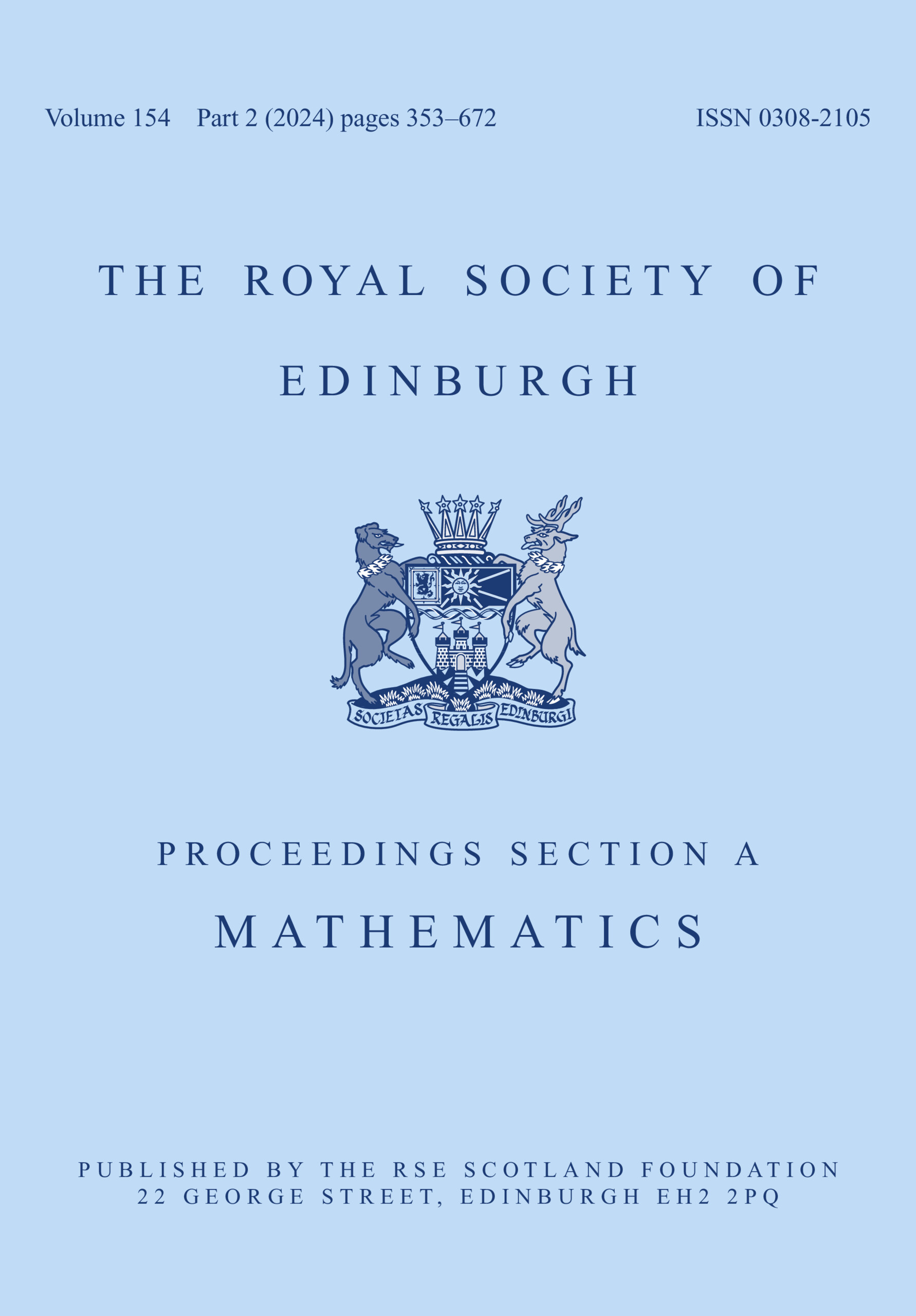No CrossRef data available.
Article contents
Weighted Lipschitz shadowing and generalized weighted limit shadowing for infinite-dimensional systems
Published online by Cambridge University Press: 30 September 2025
Abstract
In this paper, we show that for any nonautonomous discrete time dynamical system in a Banach space if its linear part has a dichotomy and the composition of a generalized Green function and the nonlinear term of the system has a weighted integrable Lipschitz constant then the system has the weighted Lipschitz shadowing property for a type of weighted pseudo orbits in the whole phase space. Additionally, if the generalized Green function is the Green function for the dichotomy and the evolution operator restricted to the stable subspace (resp. unstable subspace) tends to 0 in weight as time tends to  $+\infty$ (resp.
$+\infty$ (resp.  $-\infty$) then the system has the weighted generalized forward (resp. backward) limit shadowing property. By the same approach we prove that a C1 map with a compact hyperbolic invariant set has the weighted Lipschitz shadowing property and the generalized weighted limit shadowing property for weighted pseudo orbits in the hyperbolic set. We also give the parallel results for differential equations.
$-\infty$) then the system has the weighted generalized forward (resp. backward) limit shadowing property. By the same approach we prove that a C1 map with a compact hyperbolic invariant set has the weighted Lipschitz shadowing property and the generalized weighted limit shadowing property for weighted pseudo orbits in the hyperbolic set. We also give the parallel results for differential equations.
MSC classification
Information
- Type
- Research Article
- Information
- Copyright
- © The Author(s), 2025. Published by Cambridge University Press on behalf of The Royal Society of Edinburgh


